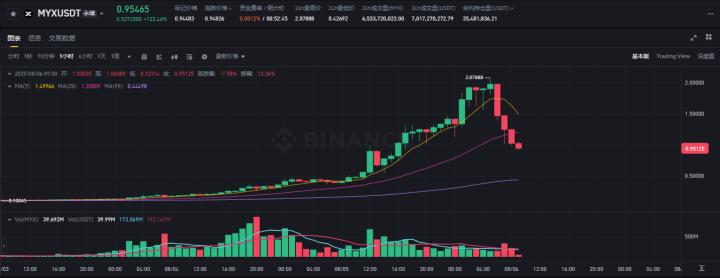ChainCatcher reports that Ethereum founder Vitalik Buterin wrote that it is surprising to see many mainstream Layer 2 solutions reach Stage 1 "limited training wheels" phase. The next goal is to achieve rapid (less than 1 hour) withdrawal times through a validity (also known as zero-knowledge proof) system. He believes this is more important than reaching Stage 2 "no training wheels". Quick withdrawal times are crucial and will reduce liquidity providers' capital costs. If native withdrawal times can be shortened to under 1 hour in the short term and to 12 seconds in the medium term, this will further consolidate Ethereum Layer 1's position as the default platform for issuing assets and the economic center of the Ethereum ecosystem.
To this end, we need to abandon the Optimistic proof system, which essentially requires waiting several days for withdrawal. Historically, zero-knowledge proof technology has been immature and costly, making Optimistic proofs a wise and safe choice. However, this situation is rapidly changing, with the 2-of-3 ZK + OP + TEE proof system strategy achieving a balance between security, speed, and maturity. In the long run, we will ultimately achieve near-instant native asset transfers across L2 through L1.
ChainCatcher note: Stage 1 and Stage 2 are used to assess the maturity and decentralization of Layer 2 rollups. Stage 1 is the limited training wheels phase, allowing some features with lower decentralization, but requiring rollups to meet basic security and functional standards. Stage 2 is the no training wheels phase, requiring rollups to achieve stronger decentralization and security, approaching a fully decentralized state.








